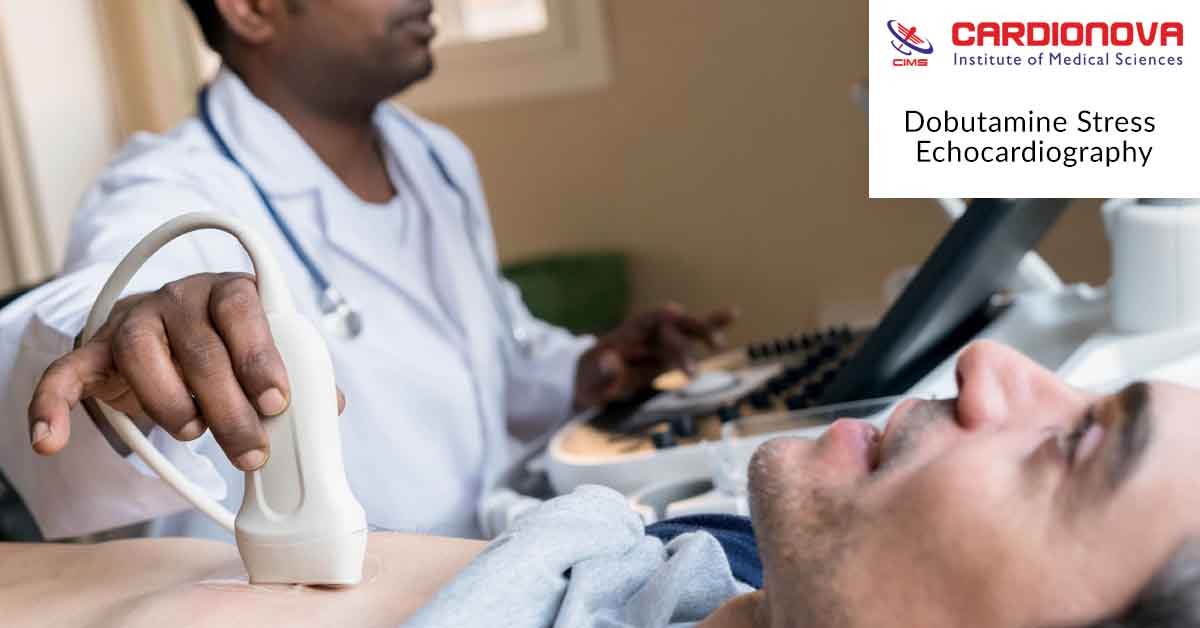
CARDIONOVA offers advanced cardiac care and state of the art technologies with a highly skilled cardiac team that assembles in minutes to treat heart attacks and other cardiac emergencies.
Read More
What is dobutamine stress echocardiography?
Echocardiography uses ultrasound waves (high-frequency sound waves) to visualise the heart and blood vessels. Ultrasound images of the moving heart can be obtained in various planes and displayed on a video monitor. Dobutamine stress echocardiography (DSE) is a non-exercise stress test that allows the cardiologist to study the response of the heart to stress.
Ultrasound images are then obtained to study the heart's function during the infusion of dobutamine. These are then compared to the images obtained at rest to determine if any part of the heart contracts abnormally, indicating that the blood supply to these abnormal areas may be inadequate.
What is the purpose of this test?
When the heart or coronary arteries are narrowed, the heart muscles may receive adequate blood supply in the resting state but during stress, the blood flow may be insufficient to meet the increasing oxygen demands of the heart muscles. This relative lack of blood supply or myocardial ischaemia causes cardiac chest pain (also known as angina pectoris), and may be a warning sign of a heart attack. DSE is a safe test for inducing myocardial ischaemia. DSE is also much more accurate than an ordinary treadmill exercise electrocardiogram (ECG) test for detecting underlying coronary artery narrowing.
How is the test conducted?
Throughout the examination, which may take half an hour, you will be lying mostly on your left side, and may be asked to hold your breath for short periods of time. The supervising doctor will explain the procedure and you will be required to sign a consent form. Before the examination, a small needle is inserted into a vein in your hand for the infusion of dobutamine. Multiple ECG leads will be placed on your chest to monitor the heart rhythm; excess chest hair may have to be removed to facilitate this. Your blood pressure and ECG will be monitored throughout the test. A water soluble gel is applied to your chest to improve contact for the ultrasound probe. A technologist will then place the probe on your chest to obtain the best possible ultrasound images before, during and after dobutamine infusion. During the examination, it is normal to feel your heart beating faster and harder, and/or a little short of breath. These are effects of dobutamine stimulation, and will resolve once the infusion is discontinued. Sometimes, dobutamine alone may not achieve a sufficient stress level (which is set at a certain target heart rate depending on your age). Another medication called atropine may then be injected to further increase the heart beat. After the examination, the technologist will help you clean up the gel, which is easily wiped or washed off. The ECG leads and intravenous needle will be removed. You need to rest for at least half an hour before leaving the hospital.
© 2018 Cardionova. Privacy Policy | All rights reserved Designed & Developed By Three Dots Media Pvt. Ltd